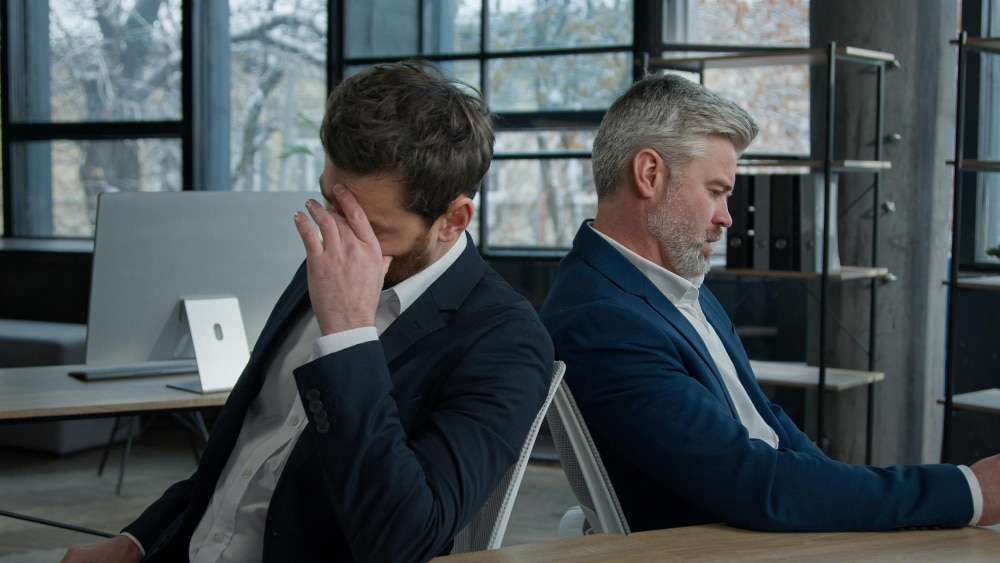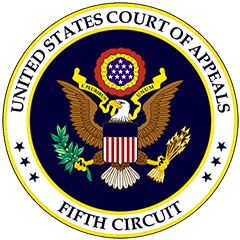Navigating a personal injury case can be overwhelming, especially when you’re recovering from physical, emotional, or financial damages. While most personal injury claims reach a settlement without going to court, some cases do proceed to trial. But what exactly leads a case to this stage? And what can you expect during the process?
This blog explores the key stages of a personal injury claim, the factors affecting whether your case might go to trial, and what to anticipate if it does. Whether you’re dealing with an insurance claim or seeking justice for an injury, this guide is here to help you understand the road ahead.
The Initial Steps in a Personal Injury Case
Before a personal injury claim even approaches the possibility of a trial, there are several critical steps to take early on. Each of these lays the foundation for your case.
1. Reporting the Injury
The first step in any personal injury situation is reporting the incident. If it’s a car accident, this involves contacting local law enforcement and filing an accident report. If the injury occurred on a property or workplace, report it to the appropriate authority, such as the property manager or your employer. Documentation from these early reports serves as essential evidence in your case.
2. Seeking Medical Attention
Seeking immediate medical care is critical. Not only does this safeguard your health, but medical records serve as concrete evidence of the injuries sustained. Be upfront with your medical providers about symptoms, pain levels, and how the injury occurred, as their documentation will play a pivotal role in building your case.
3. Consulting an Attorney
Legal representation is invaluable for personal injury victims. An experienced personal injury lawyer will assess your case, explain your rights, and guide you through each step. Initial consultations are often free, providing an opportunity to discuss the merits of your claim without financial obligation.
Understanding the Insurance Claim Process
Most personal injury cases begin with an insurance claim, aimed at reaching a fair settlement without resorting to litigation. Here’s what this process generally looks like:
1. Filing the Claim
Your attorney will help you file an insurance claim against the party at fault, outlining the damages and seeking appropriate compensation. This includes not just medical expenses, but also lost wages, property damage, and emotional distress.
2. Negotiations with the Insurance Company
Insurance companies often aim to minimize payouts, using tactics such as disputing fault or downplaying the severity of the injury. Negotiations can take time, with your attorney working to counter these strategies and advocate for a fair settlement.
3. Preparing for Trial
If an agreement can’t be reached, the attorney will prepare the case for trial. This includes gathering evidence, lining up expert witnesses, and submitting necessary legal paperwork. While preparing for trial doesn’t always end with a court date, it demonstrates your willingness to fight for fair compensation, which can encourage further negotiation.
Factors That May Push a Personal Injury Case to Trial
Deciding whether to settle or go to trial involves several factors. Here’s what commonly influences this decision:
1. Severity of the Injury
If you’ve suffered serious or permanent injuries, the compensation at stake could be significant. Insurance companies are often less willing to offer a fair amount upfront in these cases, increasing the likelihood of a trial.
2. Liability Disputes
When there’s disagreement about who’s at fault, cases are more likely to proceed to court. This is particularly true in accidents involving multiple parties where fault isn’t easily established.
3. Insurance Company Tactics
Insurers may deny valid claims or offer unacceptably low settlements, leaving you little choice but to escalate the matter. A skilled attorney can help push back against these tactics, potentially avoiding the need for court, but some disputes inevitably lead to trial.
What Happens During a Personal Injury Trial?
If your case does go to trial, here’s an overview of what to expect during the process:
1. Preparing for Trial
You and your attorney will work together to build a clear and compelling case. This involves organizing all evidence, from medical records to police reports, and preparing testimony from witnesses and experts.
2. Jury Selection
For jury trials, both your attorney and the defense will participate in selecting impartial jury members. This stage is critical, as the jury ultimately decides your case.
3. Opening Statements
At the start of the trial, both sides present their opening statements. Your attorney will outline your claims, injuries, and damages, setting the stage for the evidence and arguments to follow.
4. Presentation of Evidence
The bulk of the trial involves presenting evidence and witnesses. This includes testimony from medical professionals, accident reconstruction experts, and even yourself to illustrate the impact of the injury.
5. Closing Arguments
After evidence is presented, attorneys for both sides deliver their final arguments. Your lawyer will summarize the case, emphasizing why you deserve fair compensation for your damages.
What Happens After the Trial?
The outcome of a personal injury trial can vary, but here’s what might happen post-verdict:
1. The Verdict
If the jury rules in your favor, the court will decide on an award amount. This could be higher or lower than what was sought during negotiations.
2. Appeal Process
Either party could choose to appeal the decision, potentially prolonging the process. An attorney will advise whether this is worth pursuing based on your case’s specifics.
3. Post-Trial Settlements
Even after a verdict, further negotiations could result in a settlement agreement. This is sometimes done to avoid the costs and uncertainties of the appeal process.
Real-Life Examples of Personal Injury Cases
- Case Study 1: A car accident victim sustained life-changing injuries after being rear-ended by a distracted driver. The insurance company offered only a fraction of the compensation required to cover medical and rehabilitation costs, forcing the victim to proceed to trial. The court ultimately awarded the victim a significant sum.
- Case Study 2: A workplace injury case involving a disputed liability went to court after the employer’s insurance company refused to accept responsibility. The jury ruled in favor of the injured employee, citing strong evidence presented during the trial.
Legal Representation Provides the Path Forward
Pursuing a personal injury claim requires patience and expert guidance. From the initial claim to the courtroom, having a knowledgeable attorney by your side ensures your rights are protected and your case is presented effectively.
If you’re facing injuries and unsure whether to settle or proceed to trial, don’t hesitate to seek legal consultation. Your future depends on the decisions made today—prioritize the support and expertise you need to succeed.





























